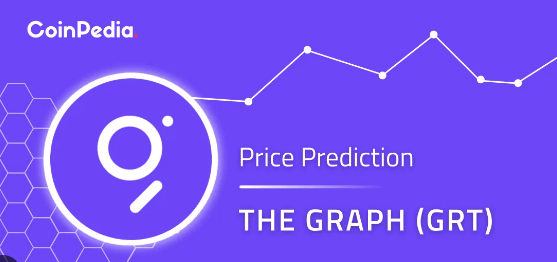The Graph Price Prediction: How to Use Graphs to Make Predictions

Graphs are a powerful tool for predicting future market trends. This article will explore how to use graphs to make the graph price prediction. We will discuss different types of graphs, how to interpret them, and how to use them to make predictions about the market.
What is a Graph?
A graph is a tool that can be used to make predictions. Graphs can be used for various purposes, such as predicting stock prices, market trends, or election results. This article will discuss how to use graphs to make predictions.
To begin, you first need to create your graph. There are different ways to do this, and it doesn’t matter which method you use as long as the information is organized in a way that makes sense. Once your graph is created, you can start using it to make predictions.
One of the easiest ways to use graphs to make predictions is by looking at past data. By looking at past data, you can see patterns and trends that may not apparent in the present. For example, if you want to predict stock market trend for the next month, you could look at the stock prices from previous months and determine what kind of trend they are following.
Another way to use graphs is by looking at data on a smaller scale Hudson Valley Community College stats To do this, you would need to zoom in on specific areas of interest and track how those areas change over time. This information can then predict larger groups of people or objects.
Finally, graphs can also be used to predict future events. For example, if you want to know who will win an upcoming election, you could look at historical voting data and attempt to predicte which candidate will
How to Make a Graph
This blog article will teach you how to make predictions using graphs. Graphs are a great way to visualise data and make predictions. They can be used to show relationships between different variables, or to predict future values. This guide will tell you how to create a graph in Excel and use it to make predictions.
First, let’s start with the data. We will use the stock price data from Yahoo! Finance for our example. The table below shows the stock prices for 20 companies over the past five years (2012-2015).
Company 2012 2013 2014 2015 Amgen $78.77 $82.81 $87.06 $93.72 Apalachia Resources Inc $5.51 $5.65 $5.97 $6.42 At Home Solutions LLC $34.02 $35.68 $38.02 $40Bell Canada Enterprises Ltd.$41.29$41.98$43.$46 Black & Decker Corporation$59.98$64.$70.$76 Boeing Corporation$148/$153/$160/$167 Bose Corporation Ltd.$205/$212/$219/$226 Canon Inc./USA Inc.$127/$131/$137/$144 Cisco Systems, Inc.$24-$26.$30-$32 Chemtura Corporation Ltd.#N/A#N/A#N/A Coca Cola Company #N/A#N/A#N/A ConocoPhillips Company
The Types of Graphs
Graphs are great way to visualize data and make predictions. There are three types of graphs: Line Graph, Bar Graph, and Pie Graph.
Line Graphs show relationship between two variables over time. Bar Graphs show the relative proportions of different data groups, while Pie Graphs show the proportion of slices in a pie.
To use graphs to make predictions, first you need to know what the graph is measuring. For example, if you’re predicting the price of a stock, you would need to know how much each unit of that stock is worth. You could do this by looking at the prices over time or plotting sales against stock prices.
Once your data is plotted on the graph, it’s time to make predictions. To predict a value for an unknown variable on a graph, you can look at how other variables have changed over time or plot points about one another to see what relationships might exist.
Using Graphs to Make Predictions
Graphs are a powerful tool for predicting the future. This blog post will show you how to use graphs to make predictions.
The first step is to collect data. You can collect data from financial markets, social media trends, or any other source that can provide information about the future.
Once you have collected the data, you need to analyze it. This is where graphs come into play. Graphs are great way to visualize data. They can help you understand patterns and trends.
Next, you need to forecast the future. Forecasting is a difficult task, but with the help of graphs, it can be easier than ever. Graphs allow you to see how different variables affect each other over time. This knowledge can help you make better predictions.
Conclusion
In today’s market, predicting prices is of the utmost importance. Whether you are a retailer, wholesaler, or manufacturer, knowing what to expect and when to expect it is essential to running a successful business. Graphs can be an extremely effective tool for predicting prices, and in this article, we will look at how you can use graphs to help make the graph price prediction. By understanding the principles behind graphing data, you can improve your accuracy when making predictions about future prices.





